The Journal
Zepbound vs Tirzepatide: Comparison (Key Differences & Which to Choose for Weight Loss)
Compare Zepbound and Tirzepatide for weight loss. Discover their effectiveness, cost, side effects, and how to choose the right option for your health goals.
Explore by category
The
latest
Zepbound vs Tirzepatide: Comparison (Key Differences & Which to Choose for Weight Loss)
Compare Zepbound and Tirzepatide for weight loss. Discover their effectiveness, cost, side effects, and how to choose the right option for your health goals.
5-Amino-1MQ vs Semaglutide: Key Differences For Weight Loss (compared)
Compare 5-amino-1MQ vs semaglutide, including how they work, metabolic effects, and who each may be suited for. Learn the core similarities and differences in...
Saxenda vs Ozempic Comparison (Which Should You Choose?)
Compare Saxenda vs Ozempic for weight loss: results, cost, side effects, and how to choose the right GLP-1 for your goals.
Semaglutide Vs Berberine: “Natures Ozempic” or a Myth?
Compare berberine vs semaglutide, including how they work, their metabolic effects, and who each may be suited for...
Key Differences Between Contrave vs Semaglutide for Weight Loss (Compared)
Trying to choose between Contrave and Semaglutide? Learn the key differences in effectiveness, dosing, and what kind of support you may need and…
Switching from Liraglutide to Semaglutide Safely & Effectively: Step-by-Step 2026 Guide
Thinking about switching from liraglutide to semaglutide? Learn how to transition safely, adjust dosage, and understand the benefits in our 2026 guide.
Does Medicaid Cover Ozempic & Other GLP-1’s? (2026 Guide)
Find out when Medicaid will cover Ozempic: for type 2 diabetes, cardiovascular risk, or off-label weight loss, and what to check in your state.
GLP-1 Microdosing Schedule: Complete Guide to Dosages (2026)
Your 2026 GLP-1 microdosing schedule overview, including dosage concepts, safety considerations, and guidance to support informed medical discussions.
13 Benefits of Microdosing GLP-1 (Is it Really Better?)
Curious about microdosing GLP-1? Learn what it is, potential benefits, how it works, and if smaller, personalized doses can improve results and reduce side effects.




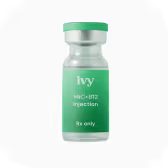
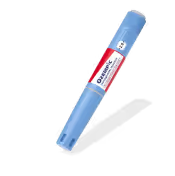

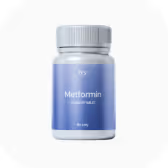

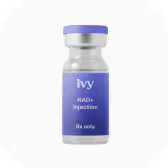
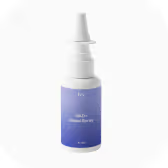



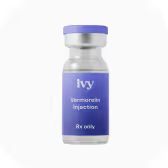
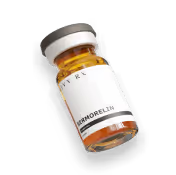
.avif)













.avif)


